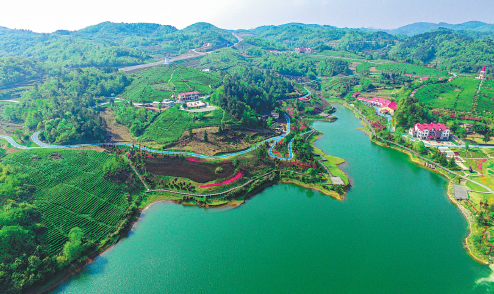

Steeped in the roots of China's history and culture, tea has long been considered the national drink.
It is held on par with silk and china, and was mainly used for medicinal purposes in the ancient times.
The Classic of Tea written by Lu Yu during the Tang Dynasty (618-907) expatiated on the history, production and ceremony of tea. This helped refine tea brewing and drinking rituals, and initiated the transition of tea from medicine to popular drink.
As time went on, tea began to boost the development of bronze and porcelain wares. Places like Jingdezhen city in Jiangxi province and Xuyang county in Hebei province have been engaged in the mass production of increasingly fine tea ware, which in turn became an important part of tea culture.
Over the years, tea has been representative of China's values and philosophy, and has also made its presence at many significant events.
In 1972, when the United States President Richard Nixon visited China, Chairman Mao Zedong presented him with 200 grams of dahongpao tea. Dahongpao means big red robe, and it is the most famous oolong tea in China.
Sensing Nixon's doubt, Premier Zhou Enlai explained to him that the annual yield of six dahongpao mother trees, which have survived hundreds of years, was a mere 400 grams. Zhou joked that the chairman had given Nixon "half of the country".
In modern times, tea plantations and tea themed tourism have played an effective role in enriching travelers' experiences while increasing local incomes.